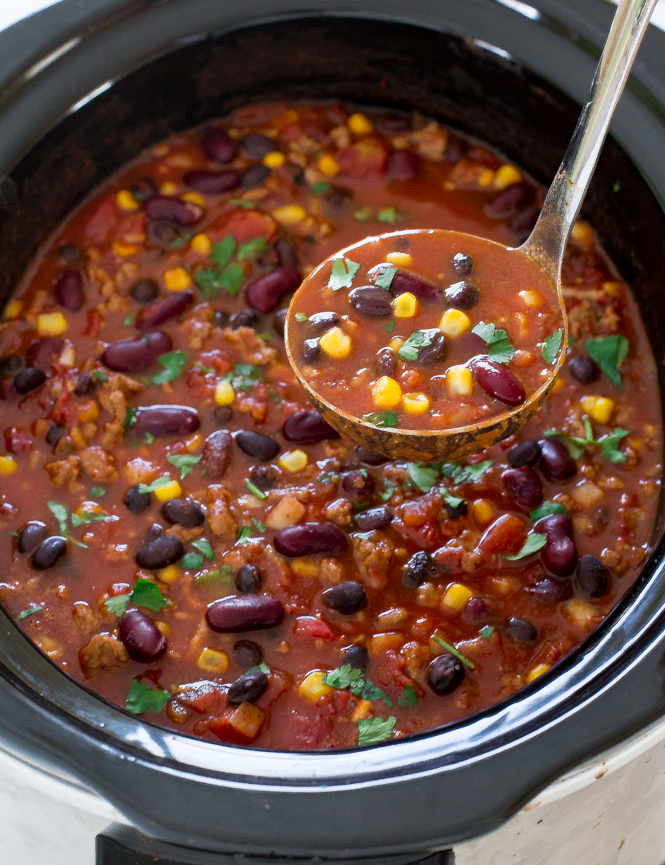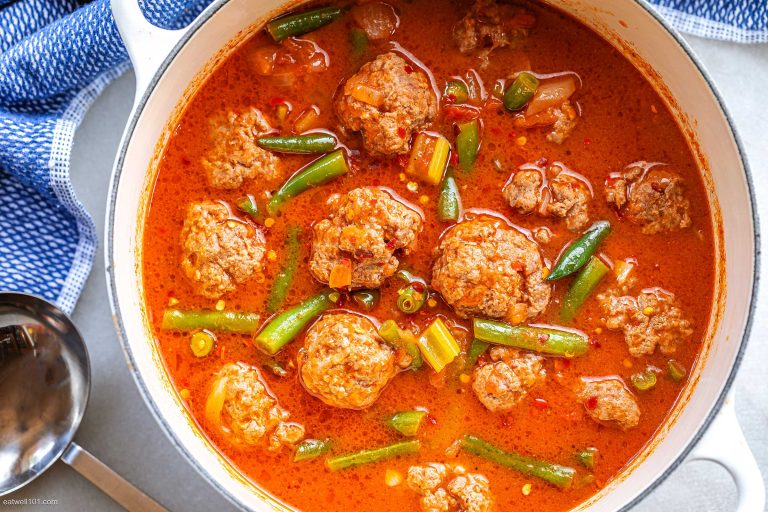Chili Sauce: History, Variations, Benefits, and Culinary Uses
Chili sauce has ancient roots, tracing back to over 6,000 years ago. Indigenous peoples of Central America and Mexico cultivated chili peppers, using them in early culinary traditions. These peppers then spread to Europe, Africa, and Asia through trade routes.
In the 19th century, the commercial production of chili sauce began in the United States. By 1868, Edmund McIlhenny introduced Tabasco sauce, one of the first mass-produced chili sauces. This development marked the beginning of the condiment’s global popularity.
Regional Variations
Different regions around the world have adapted chili sauce to their cuisines, creating distinct variations. In Southeast Asia, sambal combines chili peppers with ingredients like garlic, ginger, and lime juice. Thailand offers sriracha, known for its blend of chili peppers, vinegar, garlic, and sugar.
Latin American cuisines feature Mexican salsa, which mixes chili peppers with tomatoes and onions. In the Caribbean, hot pepper sauce uses Scotch bonnet peppers for a unique flavor profile. Each of these variations highlights the diverse ways chili sauce has been integrated into regional dishes.
Key Ingredients in Chili Sauce
Base Ingredients
Chili peppers serve as the primary ingredient. Various types like jalapeños, habaneros, and serranos (each with distinct heat levels) are often used. Vinegar acts as a preservative and enhances the tangy flavor. Garlic adds a pungent note while sugar balances the heat and acidity. Salt is crucial for seasoning and preserving the sauce’s longevity.
Common Additives and Variations
Many chili sauces include other ingredients for complexity. Tomatoes are added in Mexican salsa for a rich, tangy base. Fish sauce imparts umami depth in Southeast Asian sambal. Soy sauce adds savoryness in some Asian variations. Fruits like mango or pineapple provide sweetness in Caribbean hot sauces. Herbs, such as cilantro or basil, are used to impart fresh, aromatic flavors.
How Chili Sauce is Made
Traditional Preparation Methods
Chili sauce preparation begins with selecting fresh chili peppers. Various types of chili peppers, like cayenne or habanero, can be used depending on the desired heat level. You then wash the peppers thoroughly to remove any dirt or pesticides.
Next, you chop the chili peppers. This may include removing the seeds and membranes for a milder taste or keeping them for extra heat. Garlic, another vital ingredient, also needs to be finely chopped.
The chopped chili peppers and garlic are then combined in a mortar and pestle or a blender. You choose the tool based on the texture you want, with a mortar and pestle yielding a coarser mixture and a blender giving a smoother consistency.
Vinegar, an essential component for preservation and tanginess, is added next. A typical ratio is one part vinegar to one part chopped peppers, though this varies by recipe. You then mix in sugar and salt, adjusting to your taste.
Finally, the mixture is simmered on low heat for 10-15 minutes to meld the flavors. After cooling, you pour the chili sauce into sterilized jars and store it in the refrigerator. The sauce continues to develop its flavors over time, becoming richer and more complex.
Industrial Production Techniques
In industrial settings, chili sauce production starts with large-scale sourcing of ingredients. Manufacturers ensure consistency by selecting uniform batches of chili peppers, garlic, vinegar, sugar, and salt.
Washing machines clean the chili peppers, removing any contaminants. The cleaned chili peppers are then transported via conveyor belts to automated chopping machines. Similarly, industrial garlic choppers prepare the garlic.
The chopped ingredients are fed into large blending machines, which mix the chili peppers and garlic to the desired consistency. These machines operate under controlled conditions to ensure uniformity across batches.
Next, large vats mix the vinegar, sugar, and salt with the blended chili mixture. Automated systems precisely measure and add these ingredients to maintain consistency.
The mixture is then subjected to a pasteurization process, heating it to high temperatures to kill any bacteria and prolong shelf life. Once pasteurized, the chili sauce is cooled quickly and transferred to filling machines.
Sterilized bottles or jars are filled with the chili sauce, sealed, and labeled. The final product is then packaged for distribution, ensuring you receive a high-quality, consistent product.
By understanding both traditional and industrial techniques, you can appreciate the effort involved in creating your favorite chili sauce.
Health Benefits and Nutritional Information
Nutritional Components
Chili sauce contains several key nutrients that contribute to its nutritional profile. It often includes vitamins A, C, E, and K from chili peppers. Capsaicin, a bioactive compound, gives chili peppers their heat and provides unique benefits. Each serving can contain about 15-20 calories and 1-2 grams of dietary fiber. Chili sauce also offers minerals like potassium, iron, and magnesium, essential for various body functions.
Here’s a summary of typical nutritional components per 100 grams of chili sauce:
| Nutrient | Amount |
|---|---|
| Calories | 20 kcal |
| Vitamin A | 700 IU |
| Vitamin C | 40 mg |
| Vitamin E | 1.5 mg |
| Vitamin K | 10 mcg |
| Dietary Fiber | 1.5 g |
| Potassium | 180 mg |
| Iron | 0.7 mg |
| Magnesium | 12 mg |
| Capsaicin | 0.01-0.02 g |
Potential Health Benefits
Chili sauce, due to capsaicin, may offer various health benefits. Capsaicin can boost metabolism, aiding in weight management. It exhibits anti-inflammatory properties that could help reduce pain. The antioxidants like vitamins C and E in chili sauce combat oxidative stress. These vitamins support immune function, promoting healthier skin and faster wound healing.
Chili peppers, used in chili sauce, have been linked to cardiovascular health. Capsaicin can improve blood flow and lower LDL cholesterol levels. Dietary fiber in chili sauce aids digestion and supports gut health. Potassium contributes to heart health by regulating blood pressure. The iron in chili sauce assists in oxygen transport, preventing anemia.
Regular consumption of chili sauce, when balanced with a healthy diet, brings tangible health benefits, reinforcing its role as a beneficial addition to everyday meals.
Popular Brands and Their Signature Flavors
Notable American Brands
- Tabasco: Aged red peppers, vinegar, and salt give Tabasco its distinctive tangy and spicy flavor. This brand often highlights its peppery intensity and simplicity.
- Frank’s RedHot: A blend of aged cayenne peppers, vinegar, water, salt, and garlic powder creates a medium heat sauce known for its tangy and savory taste.
- Cholula: A mild heat level with complex flavors, Cholula combines piquin and arbol peppers with signature spices for a balanced and rich taste.
- Sriracha by Huy Fong Foods: Garlic, sugar, vinegar, and salt blend with chili peppers to provide a well-rounded, slightly sweet, and spicy flavor profile.
- Sambal Oelek: Originating from Indonesia, this chili paste offers a pure and robust heat with minimal ingredients like fresh chilies, vinegar, and salt.
- Valentina: In Mexico, Valentina uses puya and serrano peppers, balancing heat with a citrus undertone for a versatile, medium spice level sauce.
- Nando’s Peri-Peri: From South Africa, Nando’s combines African Bird’s Eye chili with garlic, lemon, and spices, yielding a tangy and vibrant flavor.
- Ma Ling: A Chinese favorite, Ma Ling’s chili sauce often mixes soybean paste, sugar, water, and soybeans with dried chili peppers for a rich and savory taste plus a hint of sweetness.
Different American and global brands provide a wide palate of flavors and heat levels, catering to diverse tastes and culinary preferences.
Cooking with Chili Sauce
Common Uses in Recipes
Chili sauce enhances various recipes with its unique flavors and heat. In marinades, it adds depth to meats like chicken, beef, and pork. When used in stir-fries, it provides a spicy kick to vegetables, tofu, and seafood. Adding chili sauce to soups and stews amplifies the overall taste profile. Incorporate it into dipping sauces for spring rolls, dumplings, and chicken wings to elevate their flavor. Mix it into burger patties or meatloaf to give your dishes an exciting twist. For a quick and easy meal, spread chili sauce on pizza or flatbreads before adding your favorite toppings.
Creative Ways to Incorporate Chili Sauce
Get creative with chili sauce to innovate your dishes. Drizzle it over scrambled eggs or omelets to start your day with a zing. Use it as a base for homemade salad dressings to add a spicy edge. Blend chili sauce into hummus or guacamole for an interesting flavor boost. Try it in cocktails like Bloody Marys to give them extra heat. Transform classic comfort foods by mixing chili sauce into mac and cheese, grilled cheese, or even popcorn seasoning. Marinate pineapple or mango chunks with chili sauce for a sweet and spicy snack. Experimenting with chili sauce broadens your culinary horizons and introduces exciting new flavors to your meals.
Conclusion
Chili sauce is more than just a condiment; it’s a versatile ingredient that can transform any dish. Whether you’re a spice enthusiast or just starting to explore, there’s a chili sauce out there to suit your palate. From adding a kick to your morning eggs to spicing up your favorite comfort foods, the possibilities are endless. So don’t hesitate to experiment and discover the exciting flavors chili sauce can bring to your culinary creations. Your taste buds will thank you!






